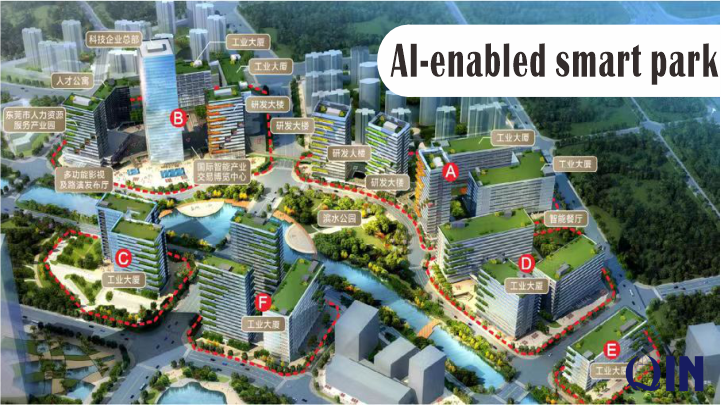Shenzhen Qin Technology Co., LTD. Whole house intelligence
Smart home implementation plan
1. Project Background With the rapid advancement of technology, people's demands for home living have been steadily increasing, giving rise to smart home solutions. By integrating information technology with daily life, these systems aim to provide users with more convenient, comfortable, secure, and efficient residential environments. This project is dedicated to creating a comprehensive smart home system that fulfills users' needs in intelligent living.

2. Project Objectives The core objectives of this smart home project are to achieve intelligent, convenient, comfortable, and secure living experiences. Specific goals include:
2.1 Centralized control of home devices, enabling users to easily manage various smart appliances through a centralized control center.
2.2Enhanced comfort through automated lighting systems that adjust according to environmental conditions and user preferences, along with fully automated operation of smart home appliances.
2.3Improved safety protection via real-time monitoring and immediate alerts from the smart security system. 4) Increased efficiency in daily life while reducing energy waste and achieving energy conservation and environmental protection.
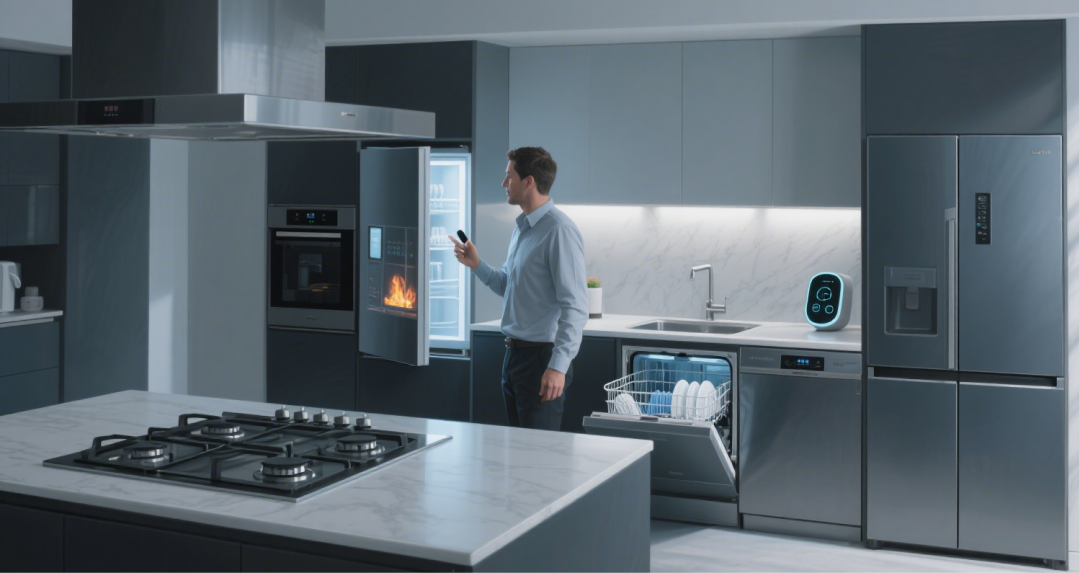
System design
1.Overall Architecture The smart home system takes the intelligent control center as the core, connects the intelligent lighting system, intelligent security system, intelligent home appliance control system and other subsystems through various communication protocols, and realizes the information interaction and coordination among the subsystems

2. Subsystem Design
2.1Smart Control Center The smart control center serves as the core of the entire smart home system, responsible for centralized control and management of all connected devices. It must possess robust processing capabilities and excellent compatibility, supporting multiple communication protocols such as ZigBee, Wi-Fi, and Bluetooth to ensure seamless integration with various smart devices. Users can interact with the control center via mobile apps or voice commands to remotely manage home appliances and configure scenarios.
2.2.Smart Lighting System The intelligent lighting system automatically adjusts brightness, color, and on/off status based on ambient light intensity, user activity patterns, and personal preferences. This system consists of smart bulbs, switches, and light sensors. Energy-efficient LED bulbs with adjustable colors and brightness are recommended; smart switches enable remote control and scheduled operations; while light sensors continuously monitor ambient light conditions to provide real-time adjustments.
2.3.Smart Security System The security system primarily ensures home safety, comprising door/window sensors, infrared motion detectors, cameras, smoke alarms, and gas detectors. Window and door sensors monitor the opening/closing status of doors and windows, triggering real-time alerts when abnormal operations occur. The infrared motion sensor detects occupants in the room, automatically shutting down equipment and activating security measures when unoccupied. Surveillance cameras enable remote monitoring with instant recording of anomalies. Smoke detectors and gas alarms promptly detect fire hazards and gas leaks, issuing immediate alerts.
2.4.Smart Home Control System The smart home control system provides intelligent management of refrigerators, air conditioners, washing machines, TVs, and other appliances. Connected to a central control hub, users can remotely manage device operations including on/off functions and operating modes. Users can also customize automated routines based on daily habits, significantly enhancing convenience in household management.

Equipment selection
1.Selection Principles When choosing smart home devices, consider factors such as compatibility, stability, cost-effectiveness, energy efficiency, and security. Prioritize products supporting multiple communication protocols and good compatibility with other devices; ensure stable operation and reduce malfunctions; select cost-effective options while meeting functional requirements; emphasize energy-saving performance to minimize power consumption; and choose devices with robust security features to protect user information and property.
2.Specific Equipment Selection *Smart Control Center: Select products supporting ZigBee, Wi-Fi, Bluetooth, and other communication protocols, such as Xiaomi's multi-function gateway or Apple HomePod. These products enjoy excellent reviews and comprehensive after-sales support to ensure system stability and compatibility. *Smart Lighting Devices: Use Philips Hue series LED bulbs for smart lighting, offering versatile color and brightness adjustments with energy efficiency and durability. Opt for Greenmi smart switches for remote control and timer functions. Choose Aqara light sensors for high-sensitivity detection of light changes. *Smart Security Devices: Select Aqara series door/window sensors and infrared body detectors for quick response and reliability. Use Hikvision home cameras for HD recording, remote monitoring, and motion alerts. Install Xiaomi smoke detectors and gas alarms for accurate detection and timely alerts. * Smart home appliances: Choose brand home appliances that support intelligent control functions, such as Gree smart air conditioner, Haier smart washing machine, Samsung smart TV, etc. These home appliances can be controlled through mobile phone APP or intelligent control center, and have good compatibility.
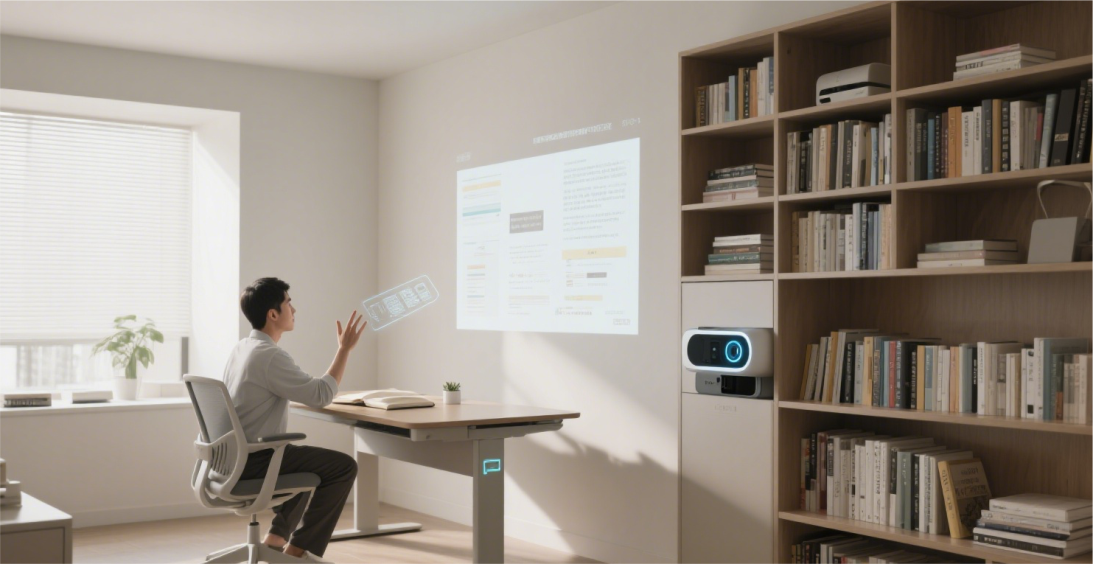
Installation and debugging
1. Site Investigation Before installation, conduct on-site investigation to understand the building's structure, layout, power supply locations, and network coverage, determining optimal installation positions for devices. Simultaneously, consider users' living habits and needs to provide a basis for equipment installation and system configuration.
2.Building Structure and Layout: Review floor plans to identify room dimensions, locations, and functions. Determine installation positions for smart control centers, cameras, sensors, etc., ensuring good signal coverage and operational convenience.
3.Power Supply Locations: Inspect outlet positions in each room to ensure easy access for smart devices. For wired devices like smart switches and cameras, plan routing paths and methods.
Network Coverage:
Test Wi-Fi signal strength at various locations. Add wireless APs or extenders in weak areas to ensure stable connectivity for smart devices. (2) Wiring and Equipment Installation
1.Wiring: Perform necessary wiring based on site investigation results. For wired systems like smart lighting and security systems, install cables according to design specifications to ensure safety, neatness, and aesthetic appeal.
2. Equipment Installation: Install smart control centers, smart bulbs, switches, sensors, cameras, etc., at designated positions following installation manuals. Ensure secure fixation during installation to prevent loosening or damage.
3. System Debugging Device Connection: Connect all smart devices to the control center to ensure proper communication. For wireless devices, pair them via the mobile app or control center; for wired devices, verify correct wiring connections.
4.Function Testing: Conduct individual tests on each smart device's features, including lighting system controls (on/off, brightness, color adjustment), security system alarms, camera monitoring, and remote appliance control. Ensure all functions operate as designed.
5. Scenario Configuration & Debugging: Set up customized smart scenarios such as "Home Mode", "Away Mode", and "Sleep Mode" based on user preferences. Test these settings to ensure smooth operation that aligns with users' daily habits and needs.
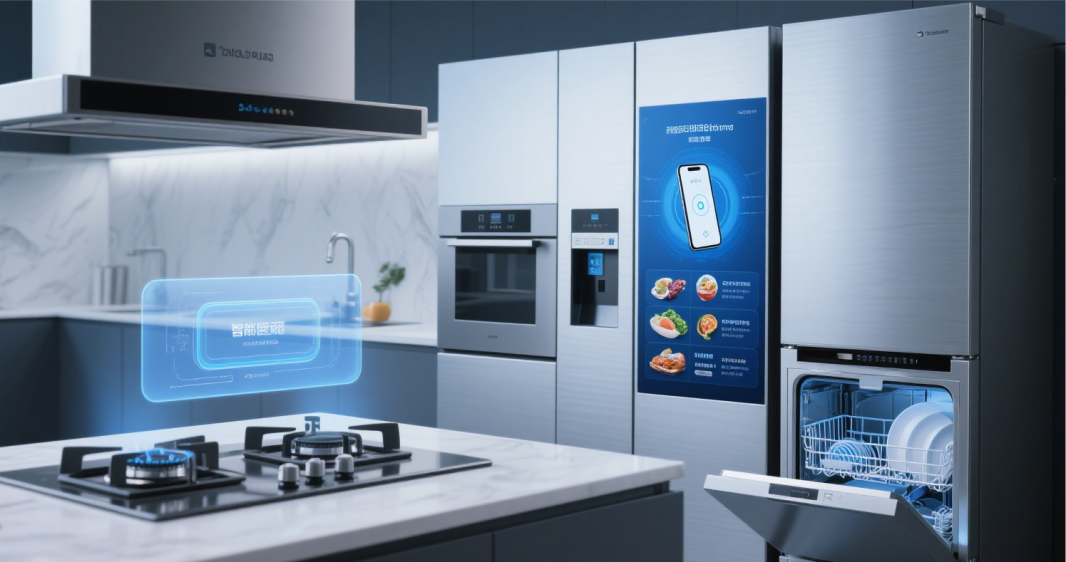
Project schedule
1. Phase 1 (Days 1-2): On-site Inspection and Design. Conduct on-site inspection of the property and develop a detailed smart home implementation plan based on client requirements and site conditions.
2. Phase 2 (Days 3-5): Equipment Procurement and Preparation. Purchase necessary smart devices and materials according to the plan, followed by inspection and preparation.
3. Phase 3 (Days 6-8): Wiring and Installation. Complete wiring and equipment installation in accordance with design specifications.
4. Phase 4 (Days 9-10): System Debugging and User Training. Conduct system debugging to ensure proper operation, then provide user training to teach operational management skills.
5. Phase 5 (Day 11): Project Acceptance. Organize acceptance testing for the smart home system, collect user feedback, address identified issues until full satisfaction is achieved.

Project acceptance criteria
1.Equipment Installation: All devices shall be securely installed in an orderly and aesthetically pleasing manner, complyingwith design specifications and installation standards.
2. System Functionality: All smart devices must function properly, supporting centralized control, remote operation, scenario customization, and other essential features to meet user requirements.
3. Performance Specifications: The system should operate stably with fast response times, free from noticeable delays or malfunctions; maintain stable network connectivity and optimal signal strength; and consume energy within energy-saving parameters.
4. User Satisfaction: Customers should express satisfaction with the smart home system's functionalities, performance, and user experience, with no significant complaints or suggestions for improvement
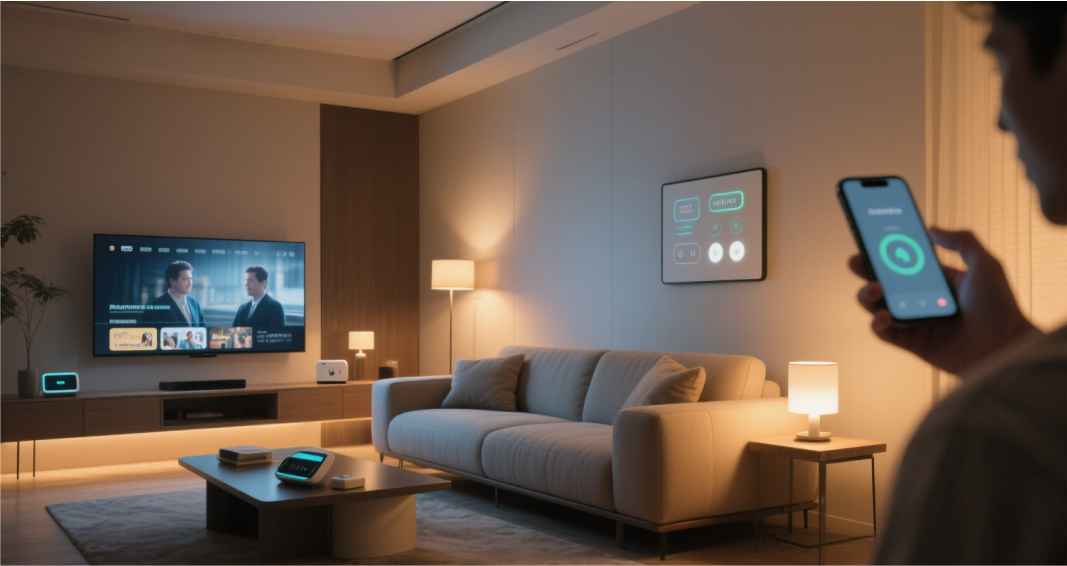
cultivate, train
1. Training Content: * Basic components and working principles of smart home systems. * Operation methods for control terminals such as smart control centers and mobile apps. * Functions and usage techniques of various smart devices. * Methods for setting up and modifying smart scenarios. * Daily maintenance procedures and troubleshooting solutions.
2. Training Method: On-site training conducted by professional technicians through lectures and demonstrations, supplemented with user manuals and video tutorials for easy reference.
3. Training Duration: A 1-2 hour session will be scheduled after system debugging to ensure users master the smart home system's operation thoroughly.

After-sales service and maintenance
1. After-sales Service Commitment: * Offer a one-year free warranty service, providing free repairs and replacements for equipment malfunctions caused by quality issues or improper installation during the warranty period. * Provide 24/7 technical support services, allowing users to contact technicians anytime for consultation and problem resolution. * Conduct regular inspections and maintenance of smart home systems to promptly identify and address potential issues, ensuring stable system operation.
2. Maintenance Schedule: * Perform monthly remote inspections through the intelligent control center to monitor system status, check for operational abnormalities, and detect fault alarms. * Conduct quarterly on-site maintenance including equipment cleaning, inspection, and debugging to ensure optimal performance. * Carry out annual comprehensive maintenance to upgrade and optimize the system, offering improvement suggestions based on user needs and technological advancements.
